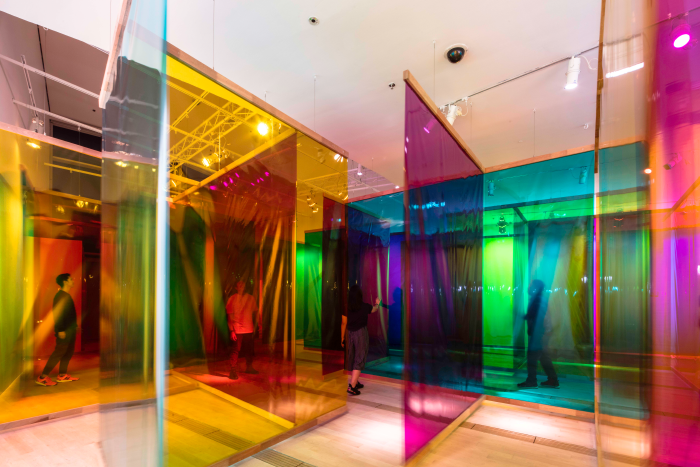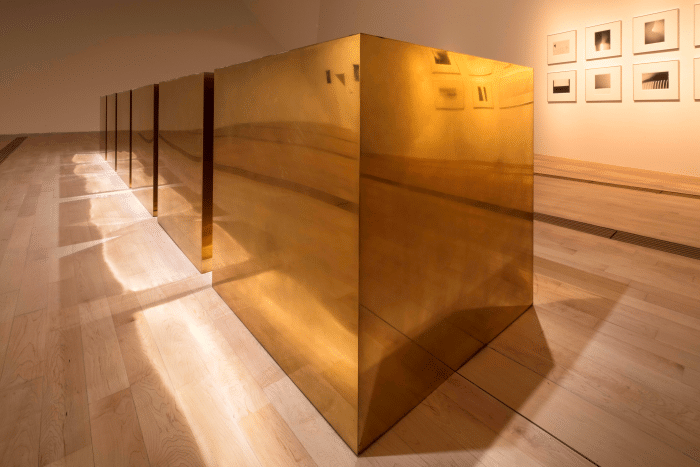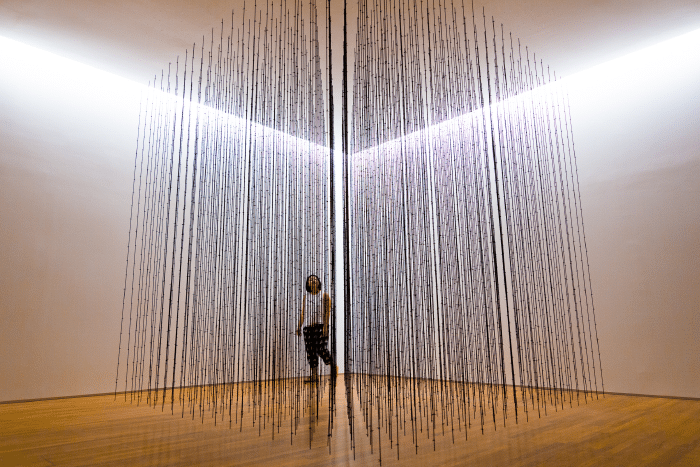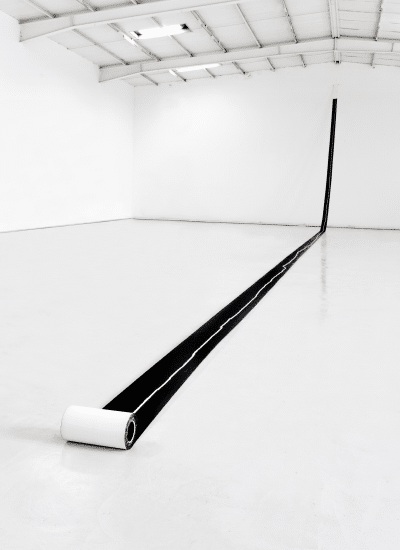‘Minimalism: Space. Light. Object’ Is Southeast Asia’s Most Ambitious Showcase of Minimalist Art to Date
PUBLISHED December 18th, 2018 06:00 am
Minimalism doesn’t just mean having an all-white house or shopping at MUJI. It was, after all, a radical turning point in the history of art. Its emergence during the 1960s has changed how we experience art as an object, and has had profound influence on music, performance, fashion, architecture, and design too. Minimalism: Space. Light. Object is the first Minimalism exhibition in Southeast Asia, and it’s pretty darn ambitious.
Featuring some 150 works by over 80 leading artists and 40 composers across the globe, the showcase explores the development and legacies of this groundbreaking art movement. Taking place at two sites — National Gallery Singapore and ArtScience Museum now until 14 April 2019, visitors can look out for iconic works that have never been seen before in the region.

From colour-field paintings (Blue TK684-60, 1960) by Tadaaki Kuwayama to Minimalist sculptures by acclaimed artists such as Mona Hatoum (+ and –, 1994 to 2004) and Anish Kapoor (Void, 1989), there’s no small number of expressive forms when it comes to Minimalism. In Olafur Eliasson’s Room for one colour (1997), which is on display at the National Gallery, he uses monofrequency lamps that emit yellow light in a white room, reducing viewers’ spectral range to just yellow and black — trippy, really. Nearby, Ai Weiwei’s Sunflower Seeds (2008) is a vast field of unique ceramic seeds handcrafted by artisans in Jingdezhen, China.

“While Minimalism has had a significant impact on contemporary design and lifestyle in Asia, its relationship to art in the region has been less well understood. This exhibition will examine the relationship of Minimalism to art in Asia, as well as the influence that Asian spirituality and philosophy had on its origins.” – Dr. Eugene Tan, Director of National Gallery Singapore
Older pieces aside, there is a range of contemporary works that employ Minimalist forms and ideas to promote social commentary and engagement. At the ArtScience Museum, Singaporean artist Jeremy Sharma has created Spectrum Version 3.0 (the Monologues) (2018), a four-channel sound piece that explores the relationship between perception, memory, and fiction by spoken text that describes colour, or the experience of it. The catch? The text consists solely of combining readings from Virginia Woolf, Haruki Murakami, Marie Darrieussecq, and Ludwig Wittgenstein.

From Cambodia, Sopheap Pich’s newly commissioned Cargo (2018) is a massive bamboo, rattan, and metal structure that is steeped in history and memory. Inspired by the significant role played by shipping containers in modernising society as they transport ideas alongside objects, the two-piece work is strung up at the National Gallery’s Coleman Street entrance.

November and December will see a series of free and paid programmes centred around the exhibition, including a historic choreographic work from the Trisha Brown Company, performed by students of the LASALLE School of Dance & Theatre, as well as ‘Make Your Own Minimal Art Print’ workshops.
Enjoy repeat screenings of Breath Made Possible, a 2009 full-length documentary about the life of Anna Halprin, the dance pioneer who’s helped redefine the notion of modern art by collaborating with Minimalist artists across music and sculpture. Fun fact: at the age of 95, she still teaches on her home ‘dance deck’ in California.
Other artists and composers featured in the showcase include Mark Rothko (USA), Po Po (Myanmar), Steve Reich (USA), Tang Da Wu (Singapore), Erik Satie (France), Julius Eastman (USA), Liu Jianhua (China), teamLab (Japan), and Carmen Herrera (Cuba).
Minimalism: Space. Light. Object is running from 16 November 2018 to 14 April 2018 at National Gallery Singapore and ArtScience Museum. Tickets go from $20 for both venues, available online or at the respective venues.
Top Image: Mega Death (1999/2016), Tatsuo Miyajima

